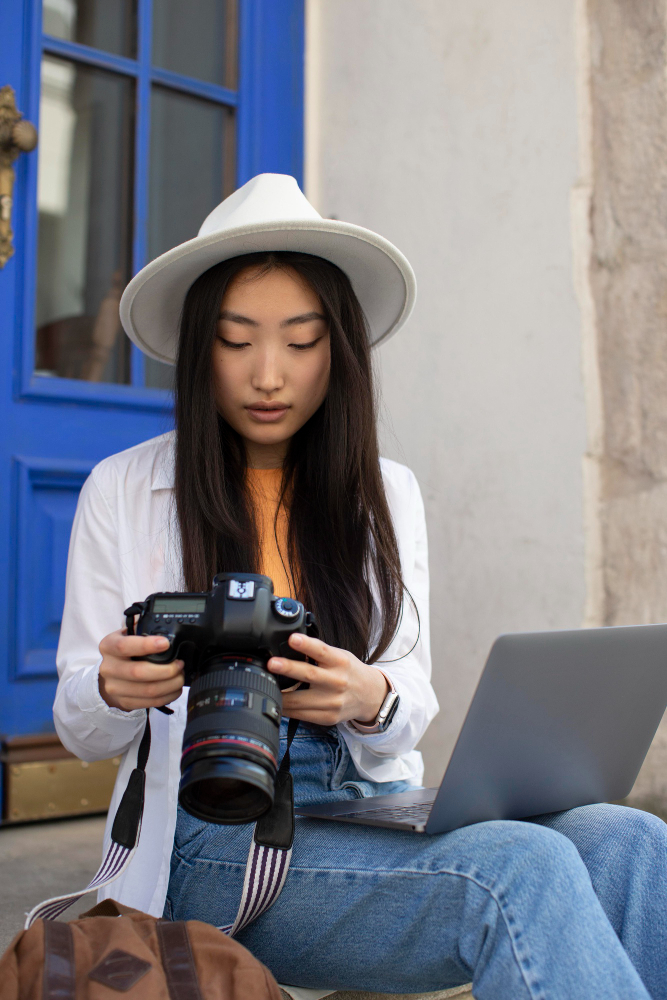Shallow Depth Of Field (DOF)
If you came for depth of field techniques, please go to the download page here at – depth of field techniques
Otherwise you should read the article below.
Working With a Shallow Depth Of Field
As you proceed to gain experience in the profession of photography, you will discover new techniques and procedures which will enhance your work and sometimes save you what would otherwise be wasted time.
Being familiar with the depth of field can help you make photographs that are much more interesting and sometimes can save you time with software manipulation as well. Since, after all, almost any image can be fixed on the computer, but it is much better to shoot an image that doesn’t have to be fixed at all.
Depth of field (DOF) is the distance in front of and beyond the subject that is within the focus area. Simply put, with greater depth of field, more of the photo is in focus, and with shallow depth of field, less of the photo is in focus. It is influenced by three factors. The first factor is that the smaller the aperture, the greater the depth of field. the second is that the shorter the focal length of the lens, the greater the depth of field. And the third is that the farther you are away from your subject, the greater the depth of field.
Here is a simple exercise that will illustrate how to make use of shallow depth of field, which will allow you to blur the background and make your subject stand out from its surroundings and concealing distractions.
Find a repeating pattern. Wow, you spend half your time fighting moire affects, and now that you need one… Say for example a row of bleacher seats, a picket fence, and so on.
Set up your camera tripod, set the camera to aperture priority, and select the widest aperture. Focus on the first chair, and take a shot. Set your aperture on the next f-stop, take another shot, and do this throughout the full range of apertures your camera will allow, still focusing on the chair in front.
Load the photos onto your computer and compare them with one another. In the first photo you’ll notice that the front chair will be sharp while the rest of the chairs and the background will be out of focus. As you progressed, more chairs will be in focus. Next time you’ve got your camera handy, practice focusing on different parts of a scene to see how the depth of field influences focus.
You can practice this with all kinds of subjects. In portraits, focus on the person and blur the background, especially if there are distracting elements behind your subject. At the zoo, focus on one animal while others are behind it. The idea here is to obscure the fact that the shot was taken at the zoo, to make it look like it was shot in its natural environment. Flowers: focus on one part of the flower, with the rest in the background outside the depth of field. When you single out a flower instead of shooting the whole field It creates a much more striking photo.
An interesting trick has popped up on the Internet lately. Sites have been linking to areal shots taken of cities with some post-processing in the Gimp to make it look like the city was shot with a narrow depth of field, blurring the top half while leaving the bottom half (closer to the viewer) sharp. The idea is to make it look like a toy miniature city, and this works surprisingly well. This tricks the eye because we are used to seeing sharp foregrounds and blurred backgrounds and expecting that this was a function of the camera’s range!
If this type of technology inspires you to take this further, this is great reading and will change your skills dramatically – more on Depth Of Field

